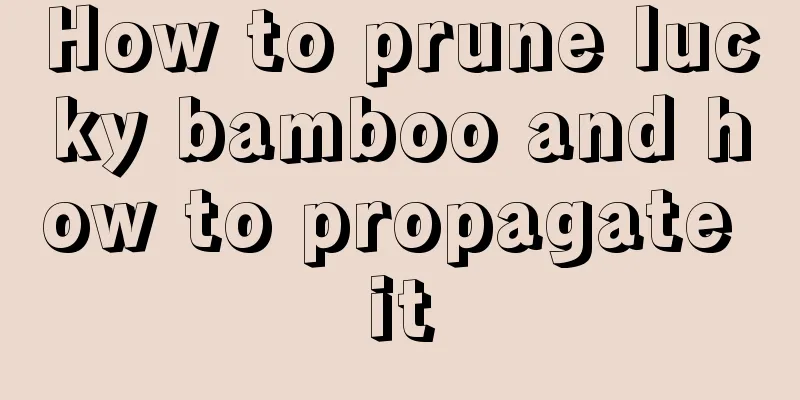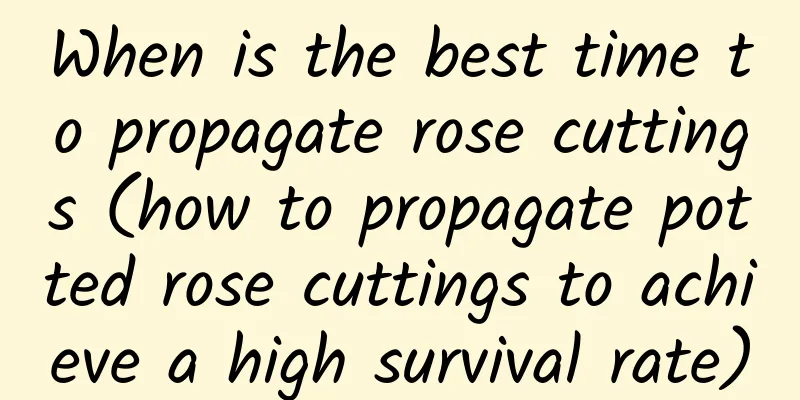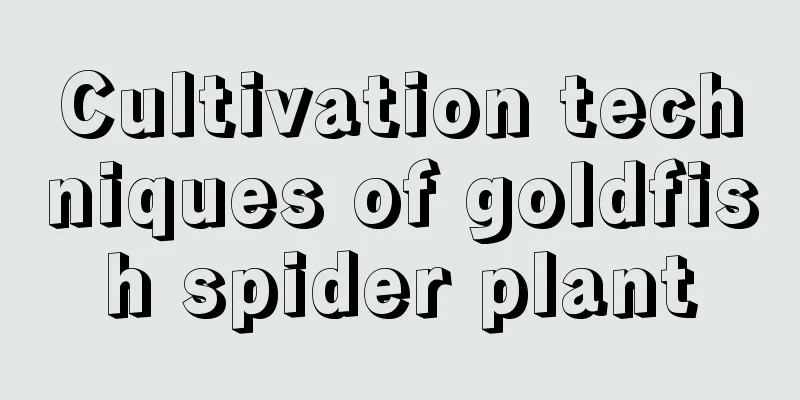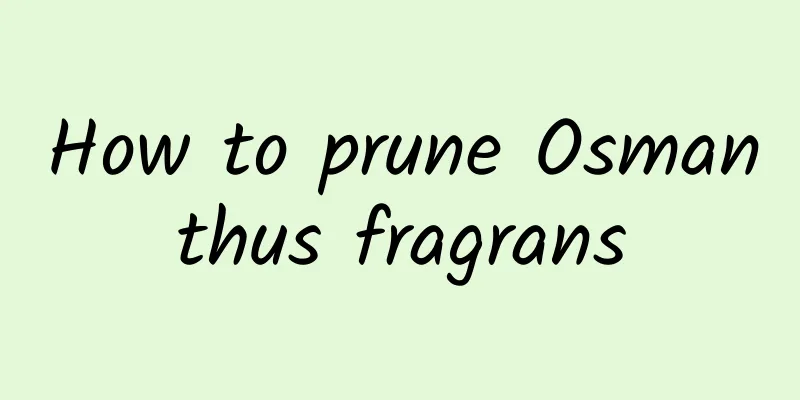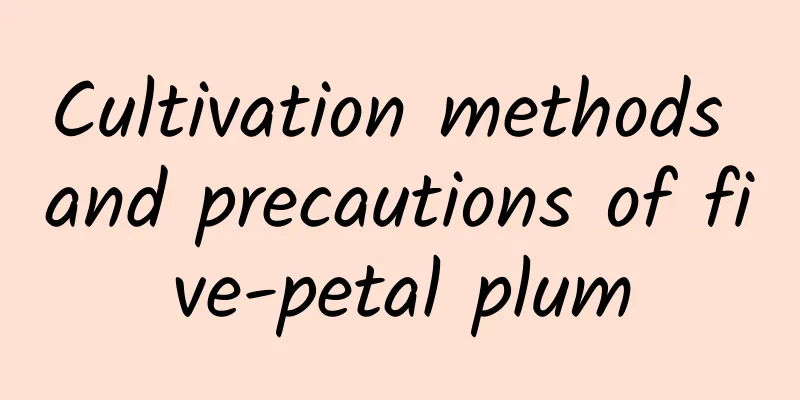Disease and Pest Control of Millettia reticulata
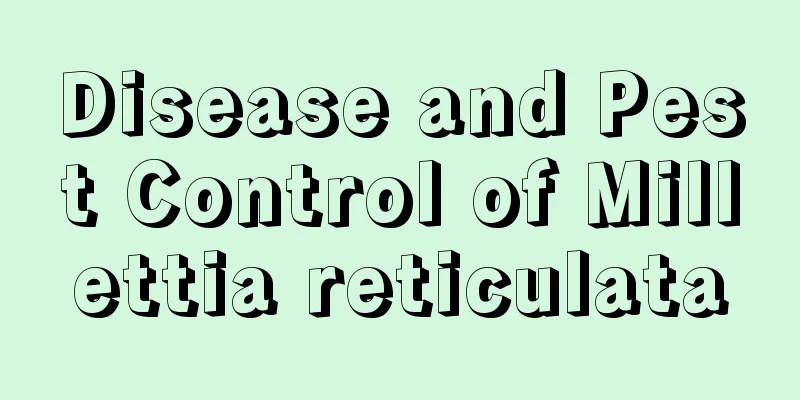
Diseases and their control of Millettia repensMillettia spatholobi is not prone to disease, but in the rainy season, there is heavy rain and the air is humid, which makes Millettia spatholobi prone to root rot. The root rot of Cistanche deserticola is basically caused by too much water. The soil is waterlogged, which makes it difficult for the roots to breathe and cause them to rot. The branches and leaves above the ground will also rot, wither, and even die due to the rot of the roots. When root rot occurs in Millettia reticulata, you can spray it with 1000 times diluted 50% carbendazim, which can have a certain therapeutic effect. If the root rot of Millettia reticulata is too severe to be cured, you can choose relatively intact and healthy branches to remove them for cuttings and re-propagate new Millettia reticulata. Pests of Millettia reticulata and their controlMillettia spatholobi rarely suffers from insect pests during its growth process, but it may be attacked by small cutworms and beetle larvae. The harm caused by cutworms and beetle larvae to Millettia reticulata mainly lies in the fact that these pests will bite the roots of Millettia reticulata, causing damage to the roots and affecting its normal growth. When these pests are found to be endangering the health of Millettia reticulata, chemical control can be adopted, that is, spraying the medicine directly, such as using 1000~2000 times of 40% Lorsban emulsifiable concentrate or 1000 times of 75% cypermethrin emulsifiable concentrate for spraying. However, chemical drugs have certain hazards, so it is recommended to choose safer methods to deworm. For example, some methods like garlic water and tobacco water can be used. Cutworms like sweet and fragrant substances very much. Sugar, honey and wine are all attractive to them and can be used to lure and kill them. This can not only kill pests, but also avoid causing hazards such as pesticide pollution. |
<<: Diseases and Pests of Kochia scoparia and Their Control
>>: Diseases and Pests of Dutch Chrysanthemum and Their Control
Recommend
How to grow mint flowers? Can they be placed in the bedroom?
1. Maintenance methods 1. Watering: When growing ...
Grape flowering management technology, how to manage before and after flowering
1. Appropriate topdressing It consumes relatively...
The flower language and legend of rosemary
Rosemary Flower Language The flowers of Lost Frag...
Can the Jade Plant survive if it is directly planted in the soil? Can it be planted in a flower pot by cuttings?
The Jade Plant is also called the Green Jade Tree...
What flowers are suitable to plant in May?
1. Suitable for courtyard (1) Rose: This flower i...
How to identify Buddleja
1. Blades The leaves of Buddleja are opposite, pa...
How to fertilize the goldfish plant
1. Fertilization during the growth period During ...
Is taro a vegetable?
1. Is it a vegetable? Taro is a common food in ou...
Cultivation methods and precautions of black persimmon
1. Maintenance methods 1. Flower pot: Black persi...
The efficacy and function of nettle
1. Promote blood circulation and relieve pain Net...
Why doesn't bougainvillea bloom?
The flowering period of Bougainvillea varies slig...
The difference between white orchid and yellow orchid
1. Difference of blades The leaves of the white o...
A dying green radish and money tree was brought back to life in 3 minutes. How did she do it?
1 Save the green radish from heatstroke 1. If the...
Do mulberry trees prefer shade or sun?
Do mulberry trees prefer shade or sun? Mulberry t...
What are the herbs that bloom in winter?
Daffodils The flowering period is winter, and the...
